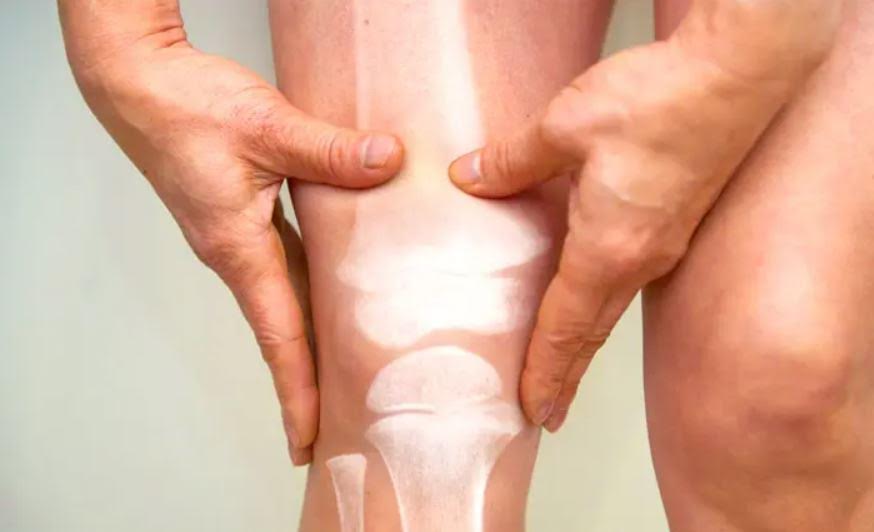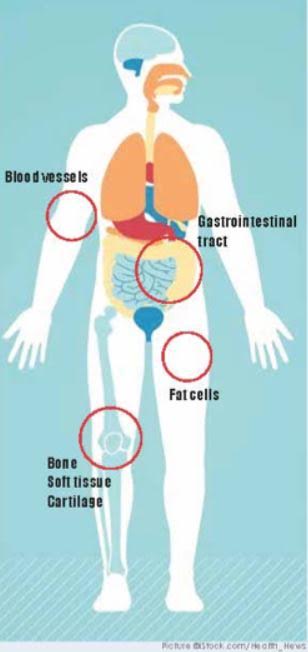Why you need to have those lumps looked at
Know the early signs of Sarcoma cancer

Sometimes a seemingly harmless lump on your body could be an early sign of a rare, deadly form of cancer.
Sarcoma cancer is notorious for being hard to spot due to its early stage being small lumps that come across as nothing too serious. At the start, the lumps are small and painless, leading most to ignore them and carry on with their day. As time progresses, the lumps grow and become painful. Some patients liken it to "being knifed or stabbed repeatedly."
Data from the Philippine Statistics Authority (PSA) shows that cancer was the second leading cause of death from January to April last year. Lung cancer continues to take the lead for cancer deaths in the country. For sarcoma, however, there is limited information on sarcoma incidence and mortality rates. What makes it harder is that there are more than 100 different subtypes of sarcoma cancer. The disease is complex and diverse and can affect any part of the body, such as the bones, fat, skin, blood vessels, tendons, ligaments, veins, lining of the intestine, and the spindle cell. An oncologist from the University of Santo Tomas Hospital describes it as a rare type of cancer that affects the bones and soft tissue (or connective tissue cancer), making it difficult to diagnose.

According to Parkway Cancer Center, there are four things to know about sarcoma:
- Sarcoma is one of the rarest forms of cancer. Most sarcoma subtypes do not have a known cause.
- Rare subtypes of sarcomas have an incidence of one per 1,000,000 of the population. Currently, sarcoma makes up only one percent of adult cancer diagnoses and approximately 15 percent of childhood cancer diagnoses in the US
- There are several risk factors like age, genetics, exposure to radiation, lifestyle, and environmental factors.
- The signs and symptoms of sarcoma usually depend on its subtype and site of occurrence.
As sarcoma is rare and heterogeneous, it is difficult to treat. Sarcoma does not discriminate and can affect individuals from young children to the elderly. Different age groups are susceptible to different types of sarcoma. Generally, treatment will take into account the subtype, the location, grade, and size of the tumor, and the patient’s age and health.
Parkway Cancer Center emphasizes the importance of early detection for timely intervention and improved outcomes. It is advisable to see a doctor if you notice a painless lump on your body because it could be a form of sarcoma. Lumps can grow very big, more than five centimeters. Bone sarcoma, on the other hand, can cause pain as the bones may fracture. Given the diversity of sarcoma subtypes, treatment strategies vary greatly and may include chemotherapy, radiation therapy, immunotherapy, and surgery. Patients seeking early diagnosis and treatment can be assured of better treatment outcomes.